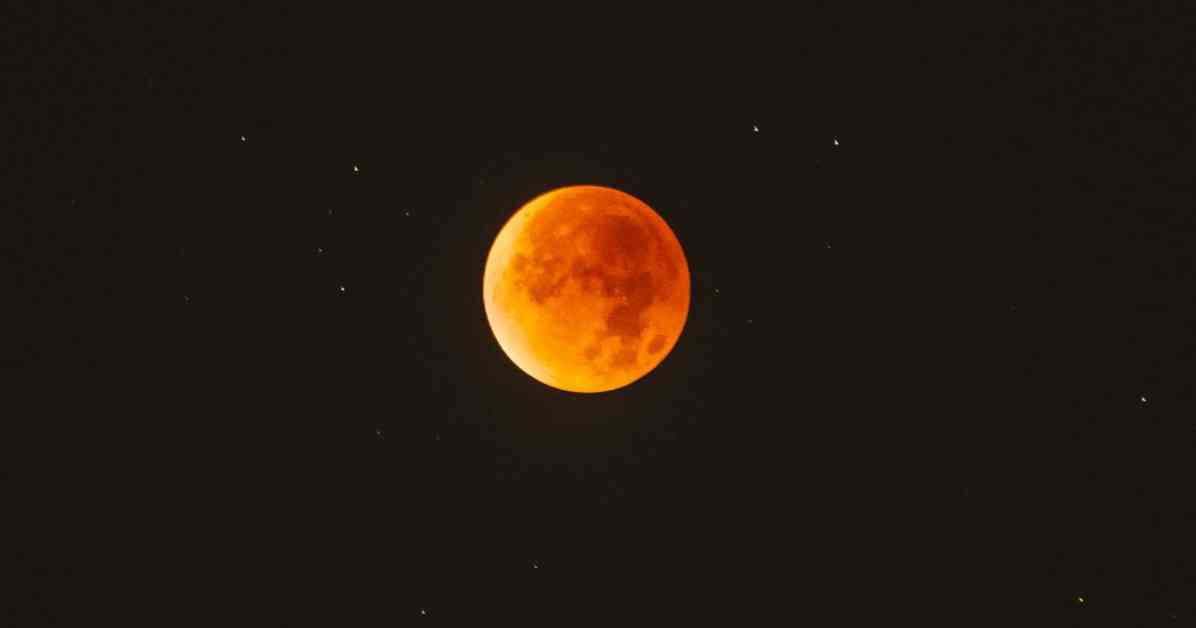Spotting Partial Lunar Eclipse in London Tonight – Ultimate Guide
Tonight, residents of London will have the opportunity to witness a rare celestial event – a partial lunar eclipse. This captivating phenomenon will transform the moon into a mesmerizing shade of blood red, creating a breathtaking sight in the night sky. Lunar eclipses, whether partial or total, are relatively uncommon occurrences that occur only once every six or seven months in the UK. The eclipse will be visible from 1.41am to 5.47am, with the peak of the eclipse expected at 3.44am, as confirmed by the Royal Greenwich Museums (RGM). To catch a glimpse of this extraordinary event, look towards the south-west and west directions, keeping your eyes low on the horizon for the best viewing experience. Despite London’s notorious light pollution, the moon will shine brightly against the city skyline, making it a spectacle not to be missed for avid stargazers.
What is a lunar eclipse?
A lunar eclipse occurs when the Moon aligns directly behind the Earth in relation to the Sun. During this alignment, the moon passes through the darkest part of the Earth’s shadow, known as the umbra, resulting in its striking blood red appearance. This phenomenon is caused by the Earth’s atmosphere refracting light from the sun, allowing only red light to reach the moon and giving it its distinctive color. There are three main types of lunar eclipses, with tonight’s event classified as a partial lunar eclipse due to technical reasons. The most powerful of these is the total lunar eclipse, where the moon enters the umbra completely, resulting in a deep dark red hue. On the other hand, a partial lunar eclipse occurs when the moon passes through the Earth’s penumbra, with only a portion of it entering the umbra. This distinction explains the varying degrees of shadow coverage during different types of lunar eclipses.
How to best view and capture the moon during the eclipse
For those looking to capture the beauty of the moon during the eclipse, there are a few tips to keep in mind. According to an expert from RGM, a telescope is not necessary to take a good photograph of the moon, but using the longest lens available can help zoom in on details of the lunar surface. Additionally, using a tripod and remote shutter can minimize any camera shake and ensure clear, crisp images. Lunar eclipses are often referred to as “blood moons” due to their reddish tint, which is influenced by the amount of dust in the Earth’s atmosphere. As dust particles block out blue light waves, red light is able to pass through, giving the moon its distinctive color during the eclipse.
Importance of Lunar Eclipses in Astronomy
Lunar eclipses hold significant importance in the field of astronomy, providing researchers with valuable insights into the Earth’s atmosphere and celestial phenomena. By studying the changing colors and patterns of the moon during an eclipse, scientists can gather data on atmospheric conditions and the composition of dust particles in the Earth’s atmosphere. This information plays a crucial role in understanding the effects of pollution and climate change on our planet, as well as shedding light on the mysteries of the cosmos.
Cultural Significance of Lunar Eclipses
In addition to their scientific significance, lunar eclipses also hold cultural importance in various societies around the world. Many ancient civilizations viewed eclipses as omens or symbols of divine intervention, often associating them with supernatural events or prophecies. Today, lunar eclipses continue to capture the imagination of people from all walks of life, inspiring awe and wonder at the beauty and complexity of the universe. Whether through scientific exploration or cultural interpretation, lunar eclipses serve as a reminder of the interconnectedness of humanity and the cosmos.
In conclusion, tonight’s partial lunar eclipse over London promises to be a captivating and unforgettable experience for all who witness it. From the striking red hue of the moon to the intricate patterns of shadow and light, this celestial event offers a glimpse into the wonders of the universe. So, grab your camera, head outside, and prepare to be amazed by the beauty of the night sky as the moon shines brightly in all its glory.












